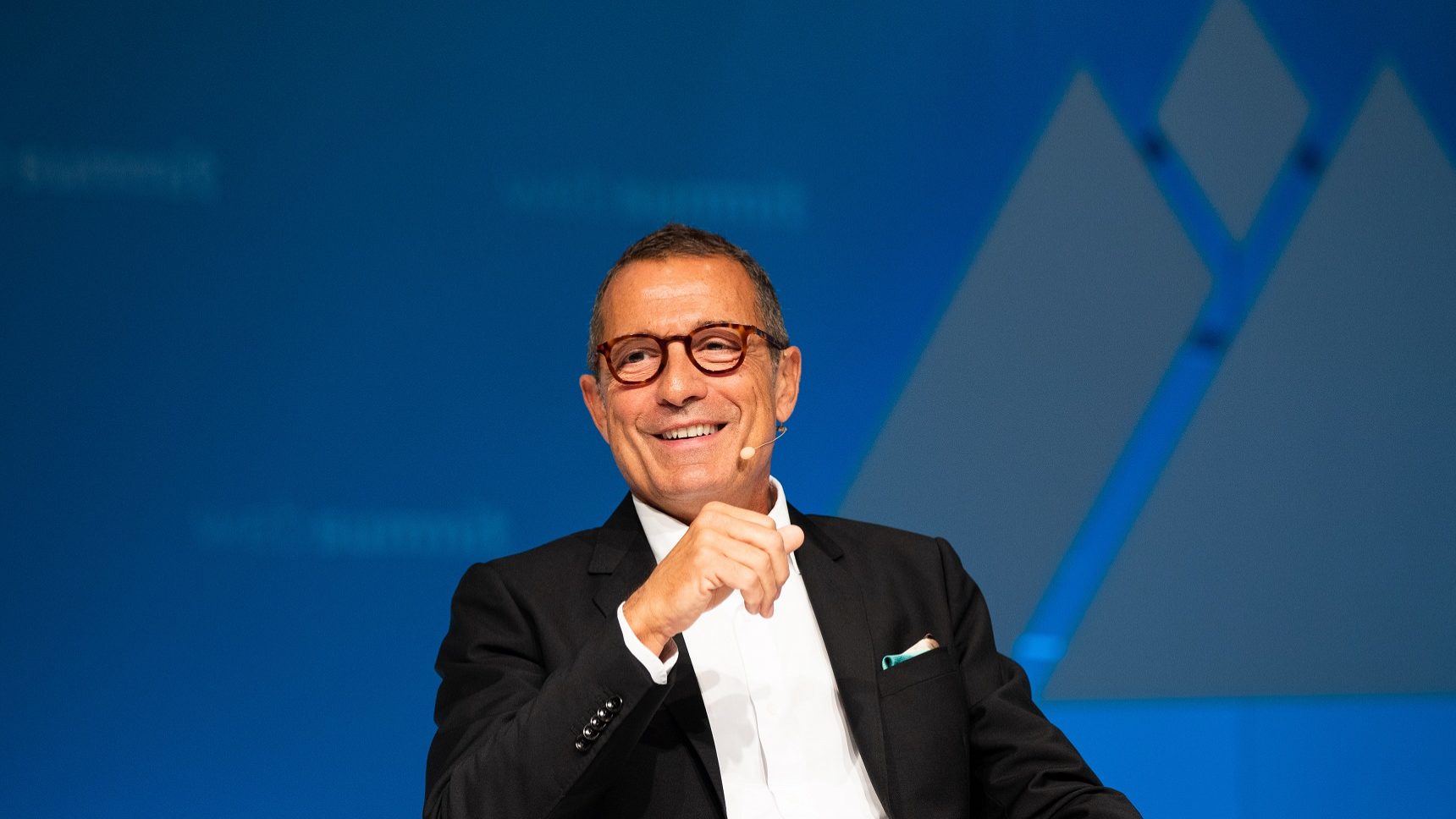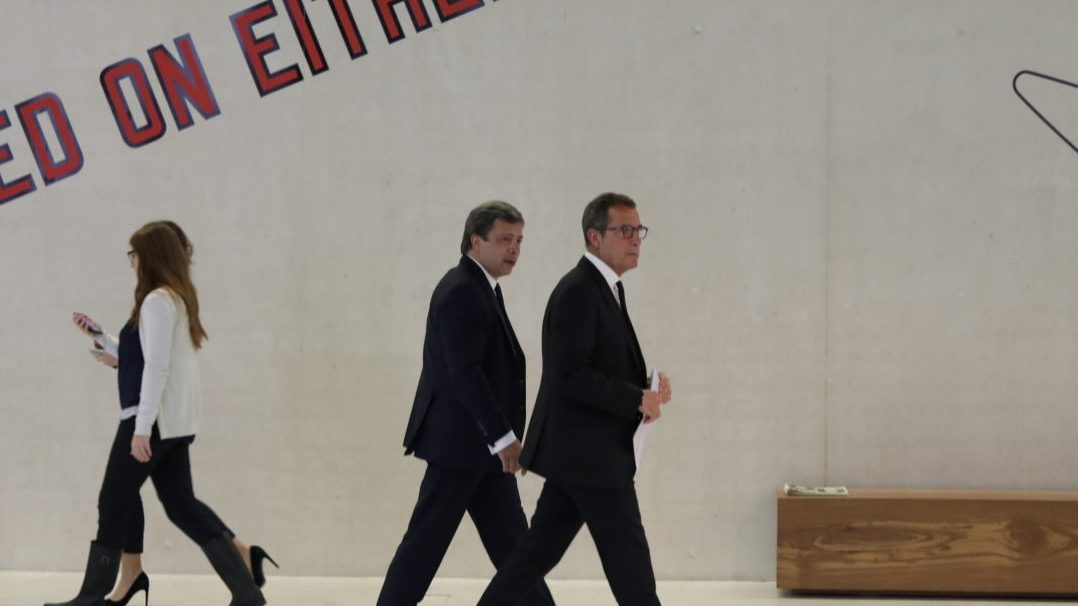With sales and growth above expectations, the failure of EDP’s strategy is the debt
Both the divestments and the capacity increase targets are in line with the 2019-2022 strategic plan. However, the goal is to reduce debt and this has increased since the beginning of the year.
EDP has an ongoing growth strategy that involves selling non-core assets, reducing debt and increasing profits. About to close the first year of the 2019-2022 plan, the company completed the first major asset sale and has already reinforced its presence in renewables. Debt is the main problem which is expected to undergo a two billion dollar amortization next year.
In March, the electric company led by António Mexia announced to investors that it wanted to distribute three billion euros in dividends by 2022. Around two billion would be used to reduce debt and another 12 billion euros in investments (of which 75% in renewables).
It was expected to generate over six billion euros in sales revenues: four billion euros in asset turnover and two billion in disposals. In the month following the strategic plan presentation, EDP sold a portfolio of wind assets in Portugal, Spain, France and Belgium to institutional investors.
This operation, in which EDP received around 800 million euros and in which it continued to provide operational and maintenance services, is included in the asset turnover. In other words, the value is used to build new units and sell.
In the presentation of the results for the period between January and September, EDP announced that it expected 1.1 billion euros in revenues from asset rotation already agreed. These businesses would have valuations “above the assumption” in the strategic plan. As for the divestitures, it said it was “on track” to achieve revenues above the target of two billion before the end of 2020.
The deal announced this Thursday confirms António Mexia’s expectations. The company closed the sale of six dams in the Douro to a consortium led by the French company Engie and which also counts with the Crédit Agricole and Mirova (from the Natixis group) participation. The sale totalled 2.2 billion euros, 200 million more than the amount indicated by the market.
Following the announcement, the CEO said that the proceeds would be used to meet the high level of indebtedness. Mexia wants the debt to fall to 11.5 billion euros in 2022. This is where EDP may have more difficulties since, between the end of last year and September, the debt increased from 13.5 billion euros to 13.8 billion euros. Only in the second half of 2020, when the sale is closed, will the money be used to write off the debt, as explained by the CEO this Thursday.
Over two-thirds of the growth target secured
António Mexia had already said, in November, that it was easy to sell assets given the strong demand from investors. Thus, the focus of the company is, according to the manager, growth. The installed capacity yielded 3% between January and September, to 26.3 gigawatts per hour (GW/h), compared to the same period last year. Of this total, 73% were related to renewable energies.
Despite the drop, the presentation on the repositioning of business in the Iberian Peninsula released this Thursday shows that EDP has already secured 74% of the growth target, having secured another 4.9 GW in long-term contracts. The goal is to add 7 GW by 2022.
And in the last quarter of the year, the company already announced several new businesses, including wind and solar energy projects in Brazil (about 1.1 GW with operations starting between 2021 and 2024), two wind farms in Colombia (498 MW to operate in 2022) or a floating wind farm in South Korea (500 MW to start in 2030). The group also won contracts to supply energy in the US state of Massachusetts (804 MW) and Greece (33 MW).
“We are beyond the annual objectives of new projects. It’s a steering wheel that we regulate according to the needs of the growth side. The great proof that we need to give to the market and that we have been able to give is whether, in a very competitive market, we can develop new projects. And we have succeeded,” Mexia said in November.
With the strengthening of the business, EDP expects an increase in profits of 7% per year to over one billion euros in 2022. This year did not start in the best way for the company, which saw its results sink in the first quarter. In the following six months, EDP’s profits recovered, closing the period between January and September with 460 million euros.
The company’s guidance anticipates that recurring profits will reach 800 million euros this year, which would represent an increase of 15% compared to 2018. EBITDA – earnings before interest, taxes, depreciation and amortization – stands at 2.66 billion and EDP wants to close the year with 3.6 billion (11% more than in 2018).
But the company will have impairments weighing on net profits. To the provisions it announced in September, they add another impairment: 200 million euros associated with the “low competitiveness” of the coal power stations.


